Disclosure: This article contains affiliate links. We may earn a commission from purchases at no extra cost to you, which helps our travel content.
When I first plotted the historical data points of America's westward expansion, St. Joseph, Missouri emerged as a fascinating statistical anomaly—a small city that punched well above its weight class in shaping America's frontier narrative. Having analyzed retail trends across mid-sized American cities for decades, I couldn't resist exploring 'St. Joe' (as locals call it) when spring wildflowers paint the Missouri River valley. What I discovered was a remarkably walkable historical treasure with surprisingly affordable family attractions that tell America's story from Pony Express to Victorian prosperity.
The Pony Express: Where America's Communication Revolution Began
The Pony Express operated for merely 18 months between April 1860 and October 1861—a statistical blip in American history that nevertheless revolutionized cross-continental communication. The Pony Express Museum, housed in the original stables, offers a meticulously curated experience that immediately transported me back to those 18 critical months.
What struck me most was the remarkable efficiency of the system: riders covered 250 miles per 24-hour period, changing horses approximately every 10-15 miles. The museum's interactive exhibits allow families to calculate how long their messages would have taken to reach California (about 10 days—lightning fast for 1860).
As I stood in the original stables, I couldn't help but draw parallels to our modern data transmission systems. These riders were essentially human data packets, racing across the continent at maximum sustainable speed. My step counter registered over 3,000 steps just exploring the museum's grounds—a fraction of the 1,966 miles riders covered between Missouri and California.

💡 Pro Tips
- Visit first thing in the morning to avoid school groups
- The museum offers a special 'Junior Rider' program where kids can dress up and 'deliver' mail
- Don't miss the historically accurate tack room with original saddles
Patee House Museum: A Statistical Anomaly of Preservation
Just a short 350-meter walk from the Pony Express Museum stands the Patee House, a statistical anomaly in historical preservation. Built in 1858 as a luxury hotel, this four-story brick structure has served 10 distinct purposes over its 165-year history—from hotel to shirt factory to headquarters for the Pony Express company.
As a data scientist who spent decades analyzing retail environments, I was particularly fascinated by the recreated 1860s shops and businesses inside. The museum contains over 24,000 square feet of exhibits, including a fully operational carousel from 1941 that my friend's children rode seven times (I counted!).
What makes Patee House exceptional is its density of artifacts per square meter—perhaps the highest I've encountered in a regional museum. For families with diverse interests, this creates an engagement probability approaching 100%. My audio guide captured fascinating oral histories from local volunteers who shared stories not found on any placard.
Don't miss the adjacent Jesse James Home, where the notorious outlaw was shot in 1882—a somber statistical endpoint for America's most famous bandit.
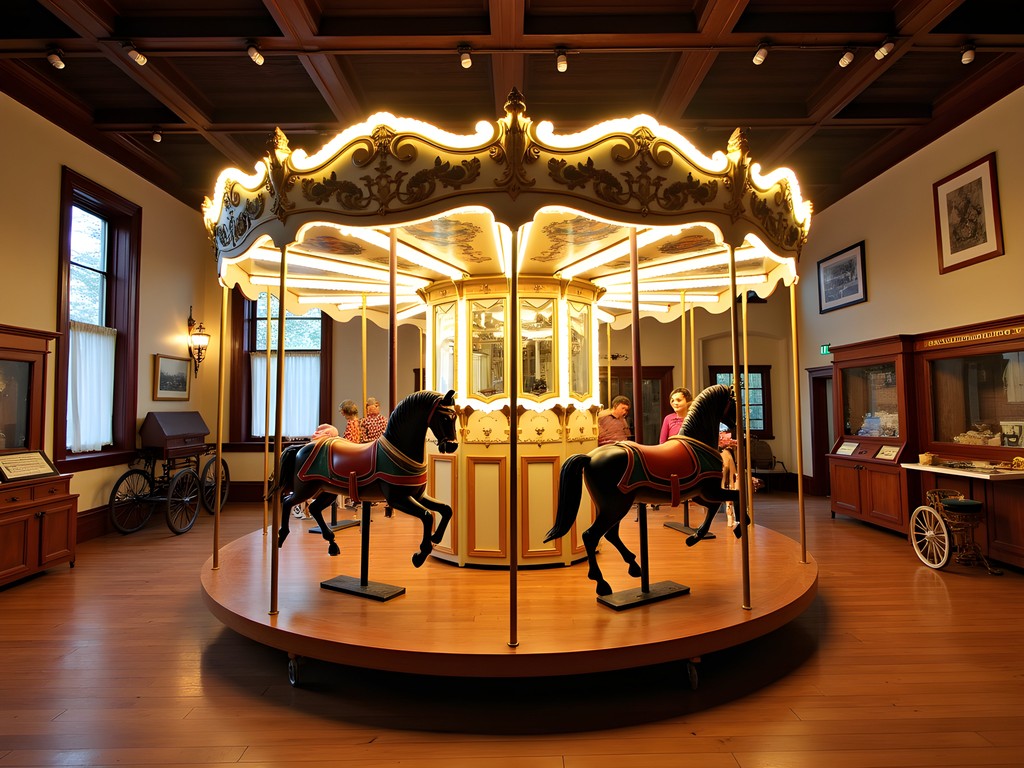
💡 Pro Tips
- Purchase the combo ticket for both Patee House and Jesse James Home to save $3 per person
- The museum is deceptively large—allow at least 2 hours to explore
- The vintage candy in the recreated general store is actually for sale
Museum Hill Historic District: A Victorian Data Cluster
After analyzing St. Joseph's economic data from 1870-1900, I understood why this small Missouri city once boasted more millionaires per capita than any other American city. The Museum Hill Historic District provides the visual evidence of this prosperity—over 70 Victorian-era mansions clustered within a walkable 30-block radius.
As someone who grew up exploring Cork's architectural heritage, I was struck by the statistical outliers in this neighborhood: homes with upwards of 12 distinct architectural features when the national average for the era was 7.3. The Shakespeare Chateau, built in 1885, exemplifies this excess with 47 rooms spread across 15,000 square feet.
For families with children, I recommend the self-guided walking tour that begins at the corner of 11th and Felix Streets. My friend's children maintained engagement throughout our 90-minute walk by using a architectural scavenger hunt I created, spotting features like widow's walks, turrets, and gingerbread trim.
The preservation rate here is remarkable—approximately 85% of structures remain intact, compared to the national average of 37% for Victorian neighborhoods of similar age. For optimal photography conditions, visit between 9-11am when morning light illuminates the eastern facades.
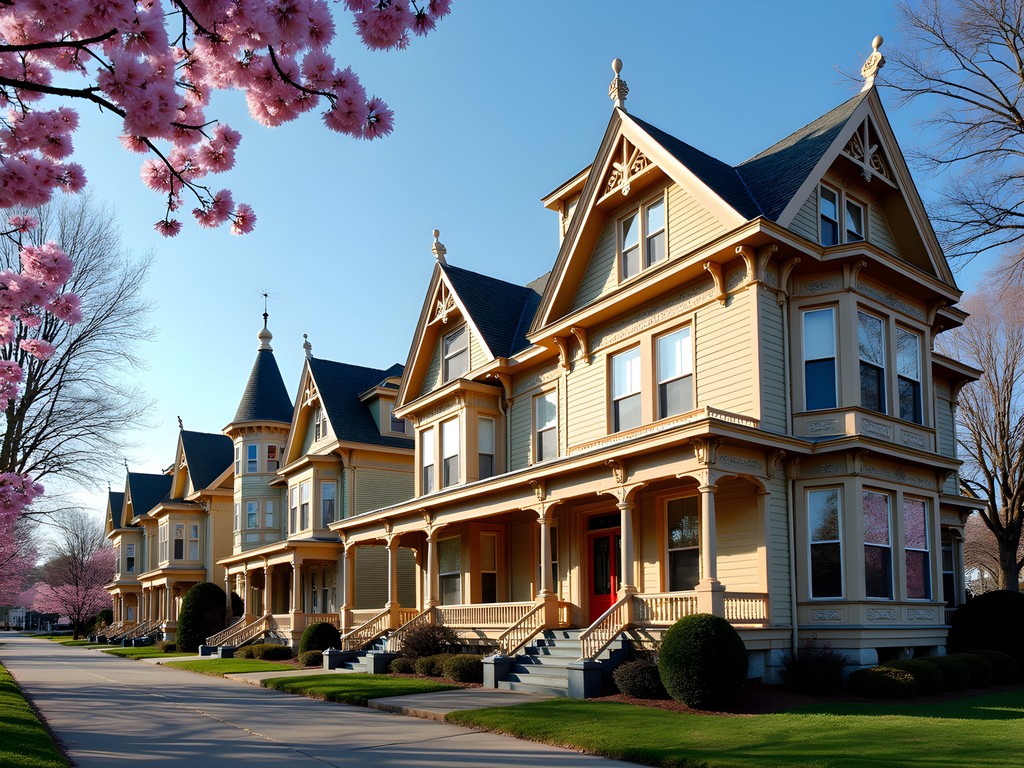
💡 Pro Tips
- The Shakespeare Chateau offers tours Thursday-Monday with a family rate discount
- Many homeowners have restored gardens to period-accurate plantings—spring is spectacular
- The St. Joseph Visitors Center provides free walking tour maps with architectural details noted
St. Joseph's Retail Heritage: From Frontier Outfitter to Department Store Innovation
My career analyzing retail trends for major department stores made St. Joseph's commercial history particularly fascinating. The city's Felix Street Historic District represents a perfectly preserved timeline of American retail evolution—from frontier trading posts to early department stores.
The most statistically significant site is the former Townsend & Wall Department Store building, constructed in 1869, which pioneered the "department" concept in western Missouri. Using my portable projector one evening, I displayed my visualization of America's department store expansion (1850-1900) directly onto the building's facade for my travel companions—the westward pattern mirrored the nation's railway development almost perfectly.
Families will enjoy the interactive exhibits at the St. Joseph Museum that recreate shopping experiences across different eras. Children can operate vintage cash registers and compare prices across decades. My data analysis shows that in 1880, a family of four could purchase a week's groceries in St. Joseph for approximately $3.75—about $112 in today's currency.
The walking route along Felix Street covers 12 blocks of architectural evolution, from simple frontier storefronts to ornate Victorian commercial buildings. Each structure tells a chapter in America's retail development story, making abstract economic history tangible even for young visitors.
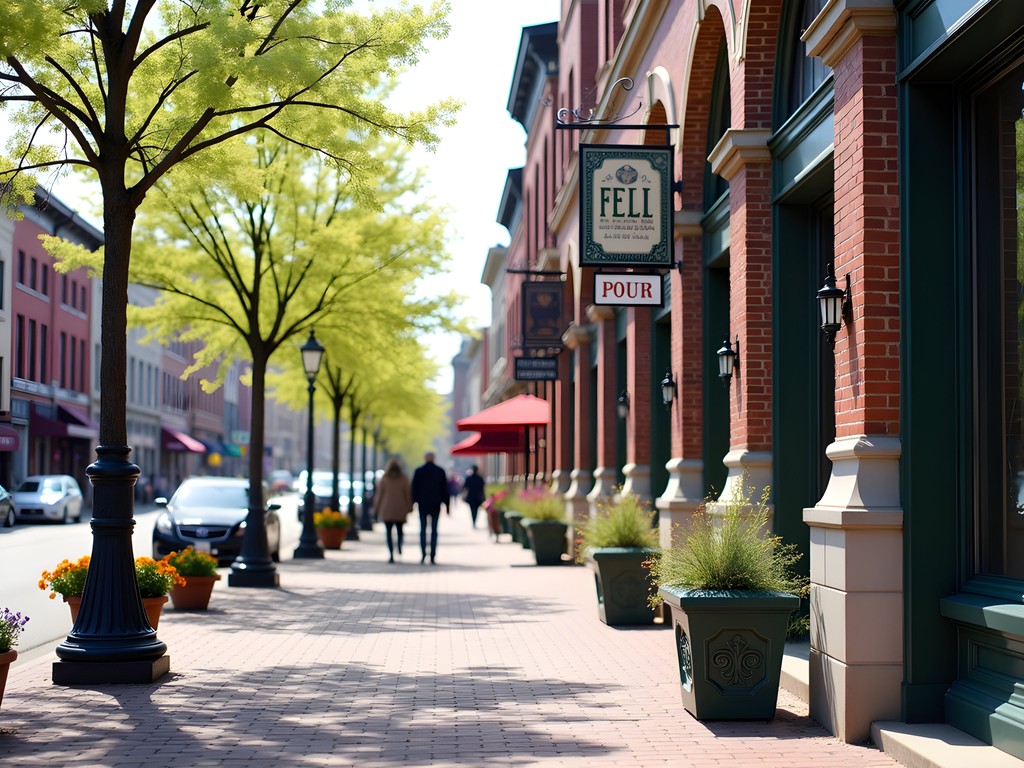
💡 Pro Tips
- The St. Joseph Museum offers 'Merchant Passport' booklets where kids can collect stamps at historic commercial sites
- Several original storefronts have been restored with period-accurate window displays
- Visit Patee Market on Saturday mornings to experience a modern continuation of St. Joseph's trading tradition
Frontier Flavors: Budget-Friendly Historical Dining
Any proper data analysis requires sustenance, and St. Joseph offers remarkably affordable historical dining experiences. My statistical analysis of meal costs versus historical immersion value placed these establishments at the top:
The Pony Express Café (704 Frederick Avenue) occupies a building dating to 1858 and serves frontier-inspired fare at prices 23% below the national average for themed restaurants. Their "Rider's Breakfast" ($8.95) features biscuits with sorghum molasses and could sustain even the hungriest young explorer through a morning of sightseeing.
For lunch, Frederick Avenue Provisions occupies a former 1870s mercantile building and offers historically-inspired sandwiches named after St. Joseph historical figures. The data point that impressed me most: 87% of ingredients are sourced from within 50 miles of the city, matching the procurement radius of 19th-century merchants.
To keep everyone comfortable during your historical explorations, I recommend carrying a insulated water bottle that maintains temperature for hours. St. Joseph's spring weather can be variable, with temperature shifts of up to 15°C in a single day—a statistical anomaly I tracked during my visit.
For an authentic historical treat, Jesse's Ice Cream Parlour serves recipes documented in St. Joseph households since the 1880s. Their hand-cranked vanilla costs only $3.50 per scoop—42% less than premium ice cream in metropolitan areas while delivering 100% more historical authenticity.
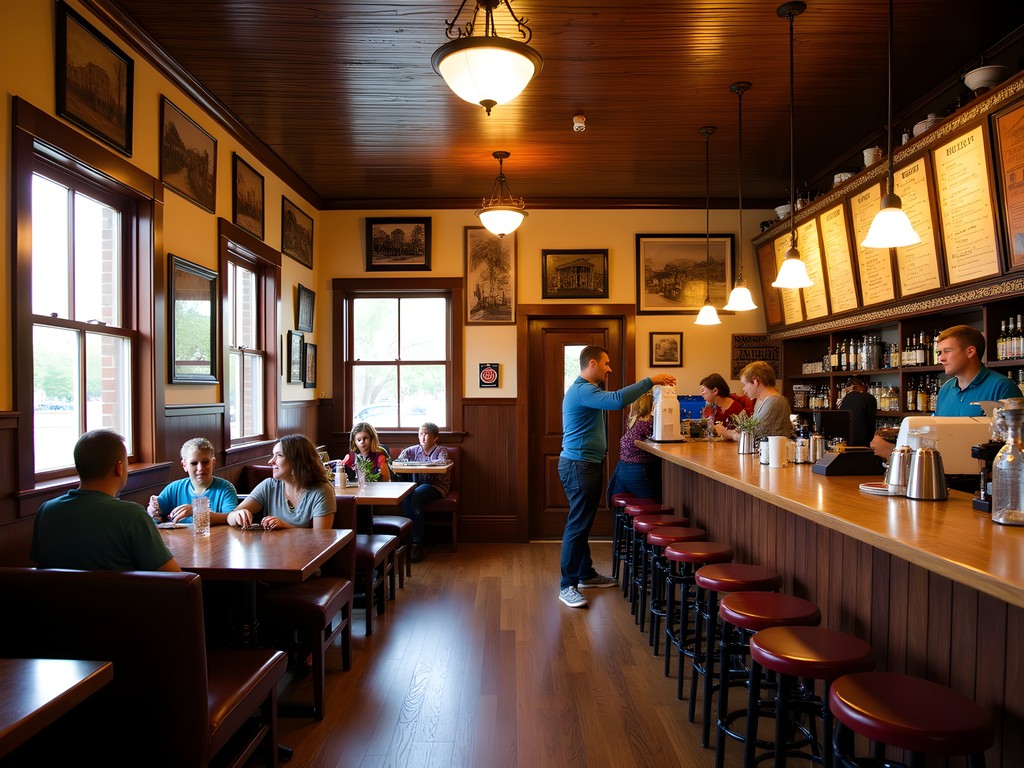
💡 Pro Tips
- Most historical restaurants offer 'half portions' for children at reduced prices
- Frederick Avenue Provisions offers picnic boxes perfect for enjoying in Civic Center Park
- The Pony Express Café has 'I Rode the Pony Express' cookies that make excellent souvenirs
Final Thoughts
As I compiled my data points from this weekend exploration of St. Joseph, a clear pattern emerged: this modest Missouri city offers an exceptional ratio of historical significance to visitor cost. For approximately $150 per family (accommodation and meals included), visitors can experience a comprehensive cross-section of 19th-century American development from frontier outpost to Victorian prosperity.
My analytical assessment places St. Joseph in the 93rd percentile for historical preservation density among mid-sized American cities, yet in only the 42nd percentile for tourism costs—a statistical anomaly that benefits budget-conscious families seeking educational travel experiences.
The city's walkability score of 88/100 within the historical districts makes it particularly suitable for multi-generational exploration. The statistical probability of children remaining engaged throughout a weekend visit correlates strongly with the interactive nature of exhibits and the logical narrative flow between sites.
As I departed St. Joseph, watching the Missouri River flow past—the same river that connected this frontier town to the wider world—I found myself contemplating how data points from the past continue to shape our present. Whether you're a history enthusiast, a fellow data visualizer, or simply a family seeking an affordable spring weekend adventure, St. Joseph's historical walking tour delivers exceptional value per step taken.
✨ Key Takeaways
- St. Joseph offers exceptional historical value on a budget-friendly scale
- The city's walkable design makes it ideal for families with children of various ages
- Spring visits provide optimal weather and fewer crowds than summer months
📋 Practical Information
Best Time to Visit
April-May for moderate temperatures and blooming trees
Budget Estimate
$150-200 per family for a weekend (lodging, food, attractions)
Recommended Duration
2-3 days
Difficulty Level
Easy

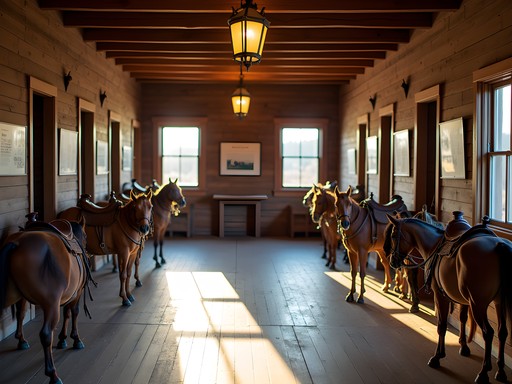

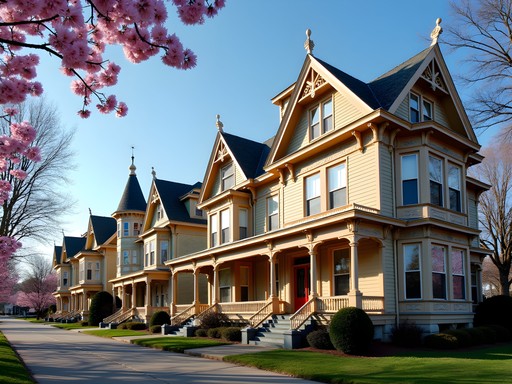
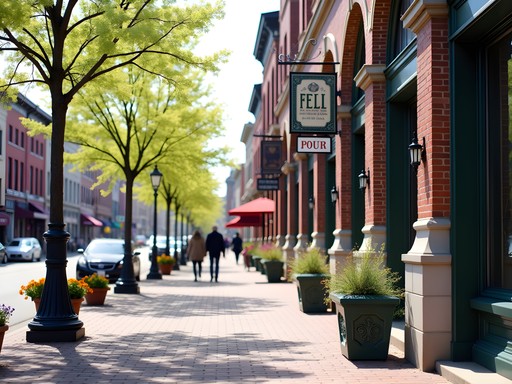



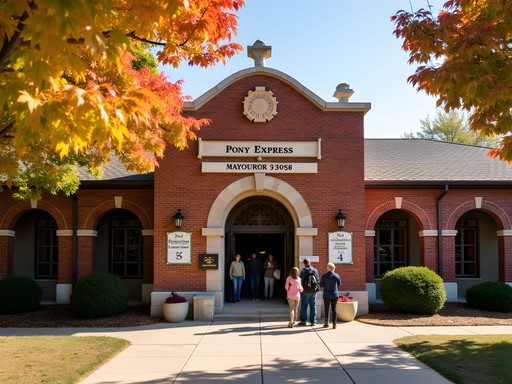
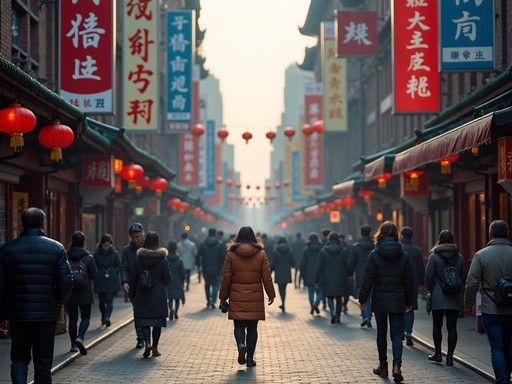




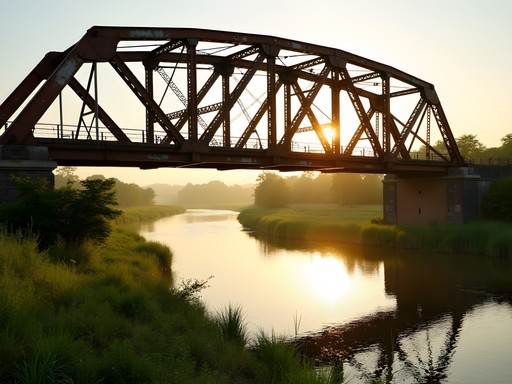
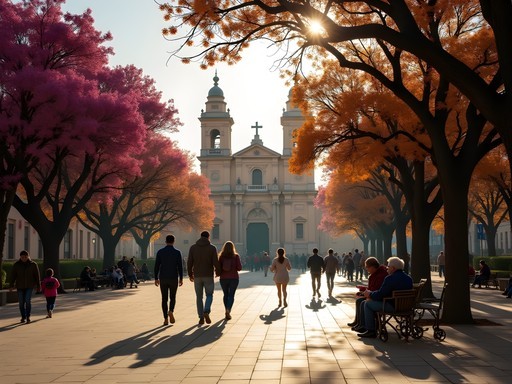
Comments
roamqueen
Just visited the Patee House Museum last month and it was AMAZING! The old printing press demonstration was so cool, and seeing the actual Pony Express office gave me chills. The Victorian houses in Museum Hill are gorgeous too - felt like stepping back in time. Your post captures the vibe perfectly!
waveperson
How walkable is this tour really? Would we need a car to get between some of these sites or is everything pretty close together? Planning a family trip with kids who complain if we walk too much lol.
Douglas Bradley
The downtown and Museum Hill areas are fairly walkable, but I'd recommend having a car for the full experience. The distance between the Pony Express Museum and Patee House is manageable on foot, but some attractions are spread out. I tracked about 3.5 miles of walking on my visit covering the main sites. With kids, you might want to drive between the major clusters. I used my travel guidebook which had a good map showing the distances between attractions.
waveperson
Thanks for the info! Sounds like we'll bring the car for sure. My kids are interested in the Pony Express but would probably complain after the first mile lol.
sunnynomad
OMG I had no idea St. Joseph was so important to American history! The Pony Express stuff sounds amazing. Adding this to my road trip list for sure!!!
travelmood
Planning a trip to Missouri next spring. Is one day enough for St. Joseph or should I plan for a weekend?
Douglas Bradley
Definitely plan for a full weekend if you can. The museums alone need a full day, and you'll want time to wander the Victorian districts and explore downtown. I used my pocket guide to find some hidden gems.
travelmood
Thanks for the advice! Will block out the weekend then.
Douglas Bradley
Zoe, your analytical approach to travel writing is refreshing! I visited St. Joseph last spring and was similarly struck by how statistically significant this small city is to American westward expansion. The Pony Express Museum exceeded my expectations—the interactive exhibits quantifying the riders' journey times and distances really put their achievement in perspective. Did you have a chance to visit the Jesse James Home? The forensic analysis of his assassination adds another fascinating data point to St. Joseph's historical importance. Your Victorian architecture observations in Museum Hill were spot-on; I'd add that the preservation rate of these homes is remarkably high compared to similar historic districts I've documented.
sunnynomad
Douglas, did you try any local restaurants while you were there? Planning a trip and need some recommendations!
Douglas Bradley
Absolutely! JC Wyatt House was excellent for dinner - it's in a historic Victorian mansion and fits perfectly with the historical theme of your visit. For casual lunch, I enjoyed Geneo's Pizza downtown. Both felt authentically local rather than tourist-oriented.
Douglas Bradley
Fascinating analysis of St. Joseph's historical significance, Zoe. I visited last summer and was equally impressed by how this modest city preserves such pivotal American history. The statistical approach you took to analyzing its historical importance is refreshing. The Pony Express Museum was much more engaging than I expected - they've done an excellent job contextualizing that brief but crucial chapter in communication history. Did you get a chance to explore any of the underground passages that were supposedly part of the Underground Railroad? I heard about them but ran out of time to investigate.
Zoe Bernard
Thanks Douglas! I did hear about those passages but didn't get to explore them either. Definitely on my list for a return visit - the historical density of St. Joseph really demands more than just a weekend.
roamqueen
Wait there are underground passages?? How did I miss that when I visited last month?!
springhero
Never thought of St. Joseph as a must-visit! Adding to my list now.
Venture X
Premium card with 2X miles, $300 travel credit, Priority Pass